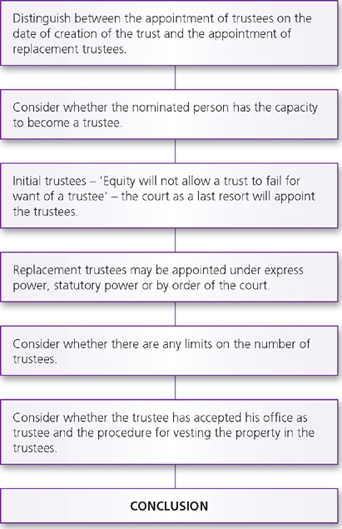
13 Appointment, retirement and removal of trustees AIMS AND OBJECTIVES By the end of this chapter you should be able to: ■ identify when and how an appointment of trustees may be made ■ understand the circumstances as to when a trustee may retire from the trust ■ appreciate the . . . Read more
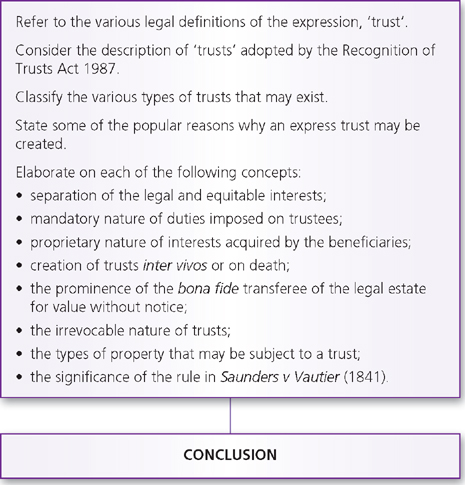
2 Introduction to trusts AIMS AND OBJECTIVES By the end of this chapter you should be able to: ■ appreciate the main legal definitions of trusts ■ identify the essential characteristics of trusts ■ grasp the various types of trusts that exist ■ comprehend some of the more popular reasons . . . Read more
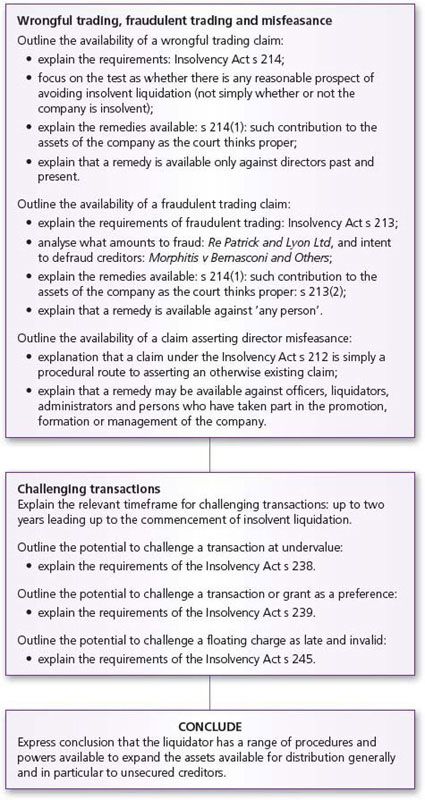
16 Winding up and dissolution of a company AIMS AND OBJECTIVES After reading this chapter you should be able to: Identify the different types of winding up Decide whether a document creates a fixed or floating charge Determine the order of priority of charges against the same property Appreciate the . . . Read more

8 Capital maintenance and distributions AIMS AND OBJECTIVES After reading this chapter you should be able to: Understand how share capital can protect a creditor and why its relevance declines over the life of a company Explain the scope of ‘capital maintenance’ laws State the minimum share capital requirements Appreciate . . . Read more

4 Company formation and linked issues AIMS AND OBJECTIVES After reading this chapter you should be able to: Register a company Understand the importance and usefulness of company registration numbers Decide whether a proposed name for a company will be accepted by the registrar of companies Understand when a company . . . Read more

3 The company as a distinct and legal person AIMS AND OBJECTIVES After reading this chapter you should be able to: Understand the consequences of a company having a separate legal personality from its owners and managers Understand the concept of the limited liability of shareholders Analyse and distinguish legal . . . Read more

9 Corporate governance AIMS AND OBJECTIVES After reading this chapter you should be able to: Identify the key organs of governance of a company Discuss the division of power between the board of directors and shareholders Discuss four methods by which shareholders make valid decisions Call a company meeting Discuss . . . Read more
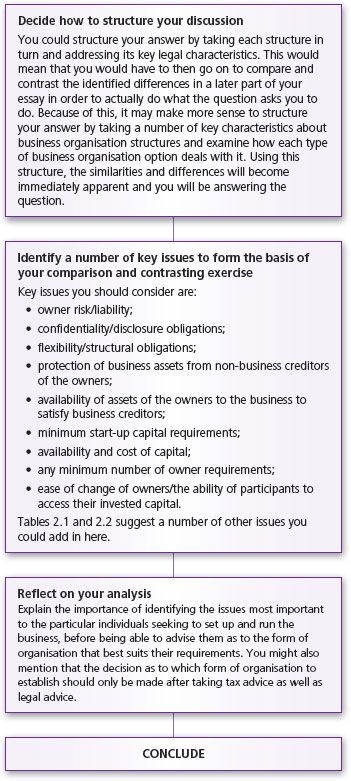
2 Legal structures of business organisations AIMS AND OBJECTIVES After reading this chapter you should be able to: Categorise private businesses in the UK according to legal structure Recognise unincorporated business organisation legal structures Recognise incorporated business organisation legal structures Understand the different types of registered companies available Identify the . . . Read more

7 Shareholders, shares and share capital AIMS AND OBJECTIVES After reading this chapter you should be able to: Understand the nature of a share and the rights and liabilities of a shareholder Explain the concept of a class of shares Distinguish equity and non-equity shares Discuss what is and what . . . Read more
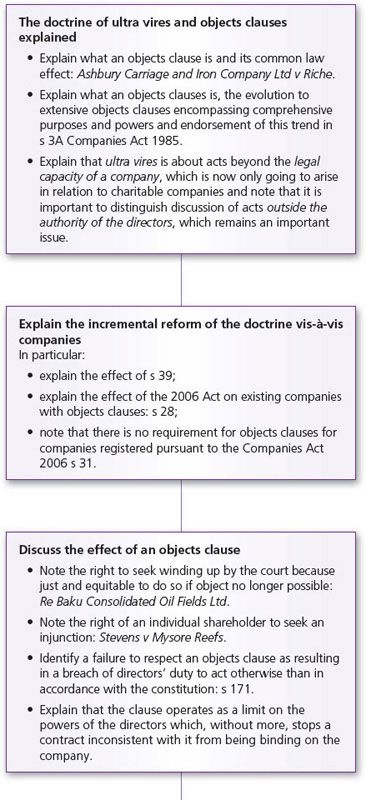
5 The constitution of the company AIMS AND OBJECTIVES After reading this chapter you should be able to: Identify the key documents making up the constitution of pre-2006 Act and post-2006 Act registered companies Explain the key respects in which a pre-2006 Act company’s constitution differs from that of a . . . Read more




